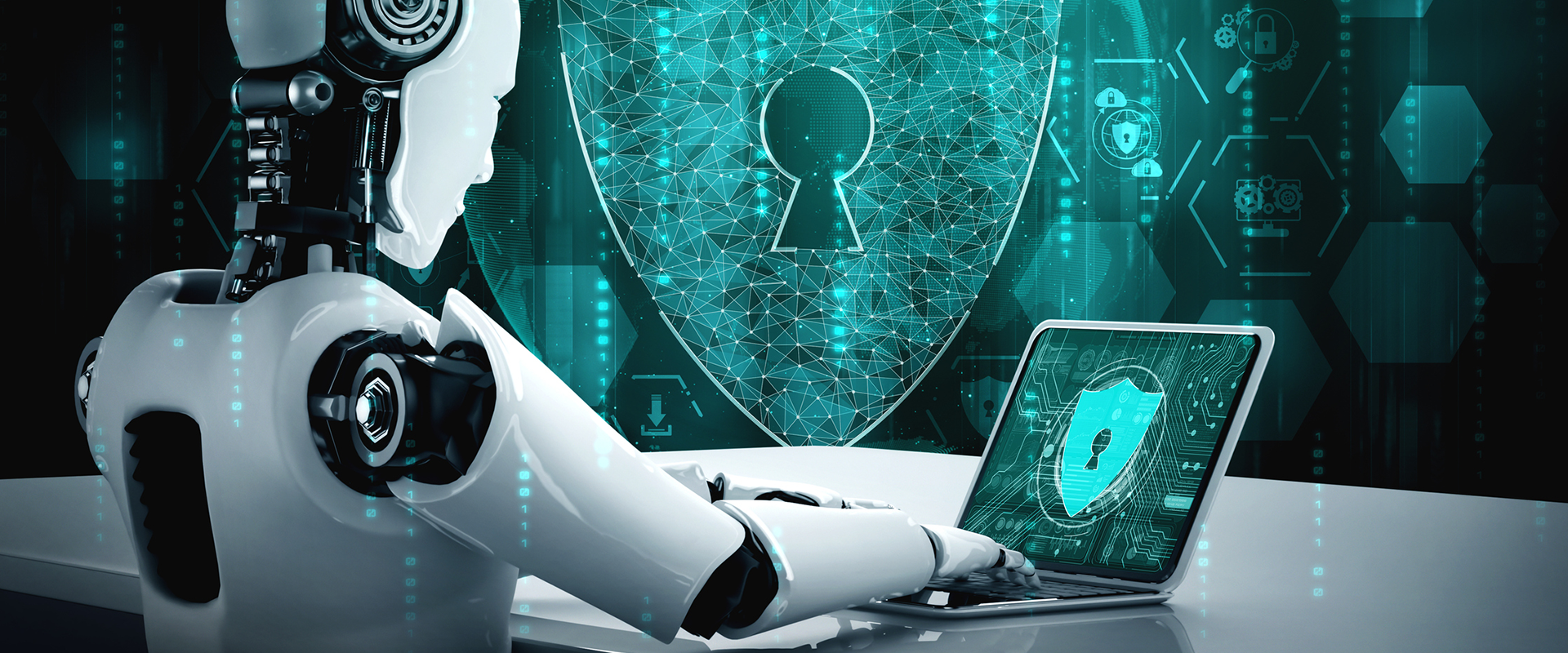Do you know that it costs an average of $4.24 million for each data breach in 2023? And as per Cybersecurity Ventures, the total cost of cybercrimes is expected to reach $10.5 trillion by 2025. The cybercrimes are getting more sophisticated and more innovative with the advancement of technology. Businesses, individuals, or government organizations, no one has been spared by these cunning cybercriminals.
This gives rise to the high demand for cybersecurity experts who can protect the vulnerable from such cyberattacks. But the companies expect these professionals to be skilled in their job as it is a work of responsibilities where the whole assets are at stack. Thankfully with the emergence of AI and ML, protecting cyberspace has become quite easier. Leveraging artificial intelligence is the new cybersecurity trend. Students looking to get into this exciting career must be well-versed with these latest technologies and their future impact.
Here let us see what the future of AI and ML in the cybersecurity world is and how you can gain expertise in these tools and technologies through top cybersecurity certifications if you want to make a successful cybersecurity career for you.
What is cybersecurity and what are the different types of cybersecurity threats?
Cybersecurity is one of the fastest-growing industries and it refers to the practice of protecting computer systems, networks, and data from unauthorized access and usage. It involves implementing various measures and technologies to defend against potential threats and vulnerabilities in the digital realm. Cybersecurity is gaining even more importance because of the increased usage of IoT devices. These internet-connected devices are more prone to cyberattacks accounting for almost 50% of them. Cybersecurity Ventures expects the number of cyberattacks to grow by 15.4 billion by 2025. So, we can understand the role of cybersecurity in safeguarding our personal and professional assets.
There are several types of cybersecurity threats that can compromise the security of systems and data:
- Malware: Malicious software such as viruses, worms, trojans, ransomware, and spyware that can infect systems and cause damage or unauthorized access.
- Phishing: As per Cisco, 91% of all data breaches start with phishing mail. It is a technique used to trick individuals into revealing sensitive information such as passwords, credit card details, or personal data by impersonating trustworthy entities through emails, websites, or messages.
- Denial-of-Service (DoS) Attacks: These attacks overload networks or websites with excessive traffic, rendering them unavailable to legitimate users.
- Insider Threats: Threats originating from within an organization, including employees or contractors who misuse their access privileges or intentionally compromise security.
These are some common types of cybersecurity threats. To mitigate these, organizations employ various cybersecurity professionals to perform tasks including network security, encryption, user authentication, regular system updates, employee training, and incident response plans. Additionally, organizations often implement firewalls, intrusion detection systems, antivirus software, and security audits to enhance their overall cybersecurity posture.
The Future of AI and ML in Cybersecurity Applications
The future of AI and ML in cybersecurity holds great promise. These technologies are increasingly being leveraged to detect and respond to emerging cyber threats more effectively and efficiently. AI and ML can analyze vast amounts of data in real time, identifying patterns and anomalies that may indicate malicious activity.
They can help automate the process of threat detection, allowing security professionals to focus on more strategic tasks. AI-powered systems can also learn from previous attacks, continuously improving their ability to predict and prevent future threats. However, as AI and ML advance, so do the techniques used by cybercriminals.
Therefore, ongoing research and development are crucial to staying one step ahead and ensuring the security of digital systems and data.
How you can master the usage of AI and ML in cybersecurity technologies through Cybersecurity Certifications?
The latest cybersecurity certifications cover the topics important for the current times and include the latest cybersecurity trends. Cybercriminals are getting smarter with the introduction of new technologies. So the best cybersecurity certification course covers the use of AI and ML in threat detection and its prevention.
With the latest certification courses, you will gain expertise in cybersecurity skills, and knowledge and also gain hands-on practical experience in using the cybersecurity tools. Not only that, you will be able to demonstrate your learning and professional commitment towards this industry which will be very much beneficial in filling the gap of 770,000 cybersecurity professionals in the USA Night cloaked deck.
Conclusion
AI and ML are the latest addition to cybersecurity technology. The integration of artificial intelligence will enhance the security of cyberspace drastically. So, learning the usage of AI and ML in cybersecurity will be a great advantage for students and professionals seeking success in this dynamic field. Get enrolled in the best cyber security courses, learn the skills and master this technology.






